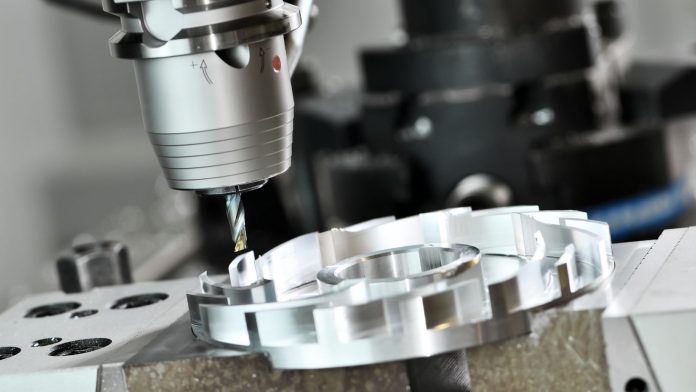3D printing is not a new concept. The manufacturing technology made its first appearance almost a decade ago. However, over time 3D printing has dramatically progressed and is now a dominant technique in various industries.
On the other hand, CNC machines also occupy an unwavering position in the manufacturing industry. Although both methods have pros and cons, their competitive popularity makes it difficult to decide which technique would work the best.
3D printing is additive printing which uses CAD models to construct three-dimensional objects using layering and stacking techniques. In comparison, CNC machines use automatic mechanisms to build pieces from an existing workpiece. Let’s see what other differences experts at DDPROTOTYPE point out between the two methods.
Distinctions Between CNC Machines And 3D Printing
Understanding the peculiarities between the two technologies is the key to determining their suitability. So, without any further ado, let’s dive in!
Type Of Manufacturing
The primary difference between the two practices is the type of manufacturing. 3D printing is an additive manufacturing while a CNC machine uses the subtractive manufacturing technique. As the name specifies, an additive manufacturing technique adds layers of material to construct the final piece. However, 3D printers require raw materials to work.
In comparison, CNC machines operate on subtractive manufacturing. They cut away the excess material to create the needed shape of the piece. Although the origin of both techniques is different, endeavors are currently going on to make devices that work as 3D printers and CNC machines.
The Materials Used
Manufacturing processes heavily rely on materials. Both equipment, CNC machines and 3D printers are compatible with various materials. However, there are some dissimilarities.
The typical materials used for component construction via CNC machines include aluminum, PEEK, thermoplastics, metal alloys, nylon, etc. 3D printers primarily use nylon, PLA, ABS, aluminum, stainless steel, and titanium. However, some flexible materials like superalloys and TPUs cannot be used in CNC machines and are fundamentally utilized in 3D printing.
Accuracy
Another major factor that manufacturers consider when picking a manufacturing technique is the precision a specific method provides. As you know, 3D printing is an additive manufacturing technique. Therefore, the final product has numerous layers (and lesser tolerance).
3D printing is ideal for producing anti-wearing, color-retaining, and load-bearing components. However, 3D-printed parts don’t have higher tolerances. You’ll require CNC machining if you require a high tolerance for the end product. Some 3D printers can produce good tolerances. However, additional details need more machining efforts and are significantly less efficient than CNC machines.
Efficiency
Speed is another common factor that dictates the suitability of a manufacturing technique. Regarding production time, CNC machines are way more efficient than 3D printers. A typical CNC process consists of a pre-processing phase (surface treatment and material preparation) and a post-production phase (polishing, painting, etc.).
The machining times vary according to the design complexity. However, on average, a CNC machine takes a couple of minutes to produce a simple design, whereas the same simplistic design manufactured with 3D printers will take hours.
The Bottom Line
3D printing and CNC machining are the two most widely used manufacturing techniques. However, when it comes to picking one, one requires clarification.
When choosing a manufacturing or a prototyping machine, it is necessary to analyze your design specification, the allocated time, budget, per-part costs, and the materials. If you have simple designs, flexible deadlines, and require less tolerance, 3D printing is ideal—however, the increasing intricacy tips the needle toward CNC machines.

